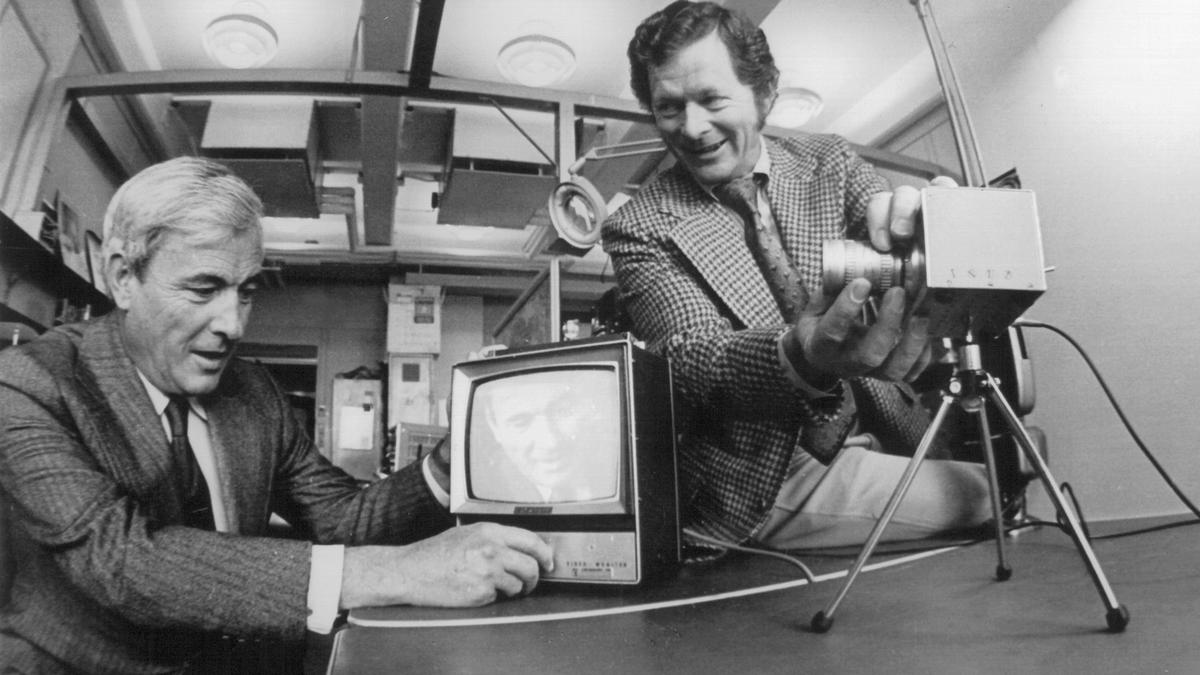A charge-coupled device (CCD) is a remarkable electronic component used to capture images by converting light into electrical signals. Its invention marked a significant milestone in technology, influencing fields such as photography, astronomy, medicine, and many others.
What is a CCD?
At the time it was invented in 1969, the CCD was a pioneering technology that converted light into electrical signals using an array of capacitors that transferred electric charges in a sequence. Today, CCD technology has fundamentally transformed how we capture, analyse, and share visual information, representing one of the most important technological advances of the 20th century.
A CCD consists of an integrated circuit made up of an array of small picture elements called pixels. Each pixel acts like a small light sensor that collects photons (the particles of light) and converts them into electrical charges. These charges are then transferred across the device, one pixel at a time, to be read and processed into a digital image.
Imagine a grid where every little square captures some light and turns it into an electric signal that can be measured and displayed as part of a complete picture. That’s what a CCD does.
How was the CCD invented?
Willard Boyle and George Smith at Bell Telephone Laboratories in New Jersey in the U.S. invented the first CCD in 1969 (Smith passed away on May 28, 2025.) They were initially working on using semiconductor technology to create new types of memory devices. During a brainstorming session, they realised that an electric charge could be stored and moved on small capacitors arranged close together.
Boyle and Smith came up with the idea to connect these capacitors in a way that allowed electrical charges to be shifted along the device, a process they called “charge coupling”. This way, the charges could be transferred in a controlled manner, paving the way for its use in capturing images by converting light into electrical signals.
Their groundbreaking work earned them the Nobel Prize for physics in 2009, highlighting the profound impact of CCDs on science and technology.
Soon after, companies like Fairchild Semiconductor and Sony further developed CCDs, making them practical for mass production and use in cameras and other imaging devices.
How does a CCD work?
A CCD operates using the photoelectric effect, where light that falls on the device generates electron-hole pairs in the semiconductor material.
Specifically, when photons enter a CCD, they strike the semiconductor material beneath each pixel. This energy knocks electrons loose, creating a small group of electrons proportional to the intensity of light in that pixel. Each pixel is essentially a small capacitor that holds these electrons. The amount of charge in each pixel varies depending on how much light the pixel has received.
A voltage is applied to electrodes placed over the pixels in a sequence that moves the charges from one pixel to the next, like passing buckets of water along a line. This is why it’s called a “charge-coupled” device, and this process continues until all the charge has reached a readout register.
The accumulated charge from each pixel is then converted into a voltage signal, which can be amplified and digitised by connected electronics to form a digital image.
This sequential transfer and reading process allows the CCD to create a precise and high-quality representation of a scene being captured.
Where are CCDs used?
Since 1969, CCDs have revolutionised many fields by improving their ability to capture light as data. At the household level, CCDs made possible the rise of digital cameras by replacing film with sensors that captured images electronically. This allowed people to view their images instantly, edit them, and store them in hard drives, greatly influencing everyday life and media. They’re also used in CCTV cameras to provide high-quality video feeds for security in places like banks, shopping malls, and hospitals.
CCDs play a vital role in medical diagnostics, including in X-ray imaging, computed tomography (CT) scans, and endoscopy. Their high resolution and sensitivity produce clearer images that help doctors determine more accurate diagnoses and treatments. In the same vein, because of their sensitivity and precision, CCDs are also used in microscopes, spectrometers, and particle detectors where they allow scientists to analyse images in detail, for example, when they study cells, the structure of materials, and other physical phenomena.
In astronomy, CCDs have become the gold standard for astronomical imaging. Telescopes fit with CCDs can capture faint and distant celestial objects with more sensitivity and accuracy than traditional photographic plates. This capability has vastly increased astronomers’ understanding of the universe, helping them discover distant galaxies, detect exoplanets, and study cosmic phenomena.
Published – August 21, 2025 08:30 am IST
